

When we talk about understanding senior pneumonia—its risks and how to care for those affected—we are entering a subject that is both urgent and nuanced, especially within Australia’s ageing population. Pneumonia, a lung infection caused by bacteria, viruses, or fungi, poses serious health threats to seniors. Factors such as weakened immune responses, chronic conditions, and hospital admissions increase vulnerability, meaning that older adults are not just more likely to contract pneumonia, but they also face greater challenges during recovery. This concept encompasses more than just medical management; it includes understanding who is at risk, how to recognize symptoms early, and the most effective methods to support elderly people through prevention, treatment, and ongoing care.
Australia’s demographic trends make this topic especially relevant. With seniors accounting for an increasing share of the total population, pneumonia is a leading contributor to preventable hospitalizations and complications in aged care. Recognizing risk factors, the pathways through which pneumonia spreads, and the optimal care protocols can help families, caregivers, and medical professionals reduce complications—and in some cases, prevent infection altogether. It’s not only about disease treatment, but also fostering environments and behaviors that protect vulnerable seniors from developing pneumonia in the first place.
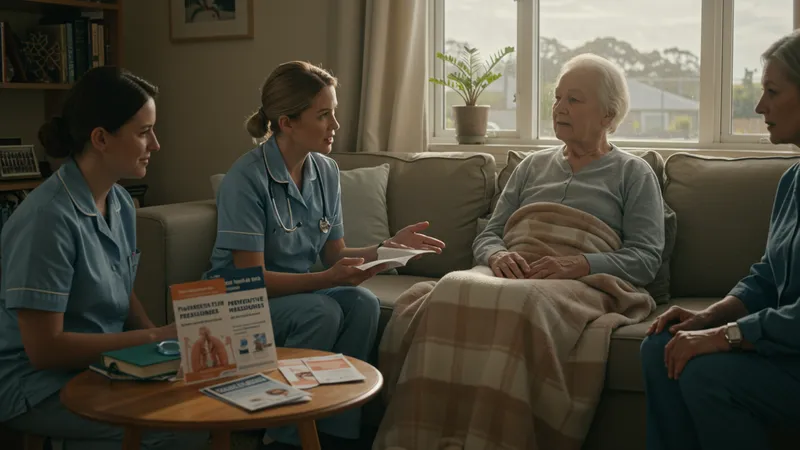
Pneumococcal vaccination is one of Australia’s strongest defenses against pneumonia in those over 65. This national program offers seniors free access to vaccines targeting the most common bacterial strains responsible for pneumonia. Vaccination not only reduces disease incidence but also lessens the severity of symptoms among those who do get sick. Recent data from Australia show high coverage, but also point to gaps in rural areas and among specific groups, underscoring the need for community outreach and education.
Residential aged care facilities play a critical role in both preventing and managing pneumonia. Australian government guidelines require these facilities to implement infection control policies, maintain staff training, and ensure routine health assessments for residents. However, real-world examples reveal that inconsistent implementation can lead to outbreaks. Facilities with robust tracking systems and regular staff education demonstrate markedly lower pneumonia rates, highlighting the difference active care makes.
For seniors at home or in independent living situations, tools like the Healthdirect Symptom & Risk Checker provide reliable support for early detection. Australians can access this resource online for guidance on when to seek medical attention, how to differentiate mild colds from more severe infections, and what questions to ask their doctor. By encouraging proactive health monitoring, it fills a critical gap for those who might hesitate to see a GP at the first sign of illness.
One insight from the Australian context is that cultural and geographical diversity can shape both risks and care strategies. Indigenous communities, for example, face higher pneumonia rates and barriers to both vaccination and healthcare access. Similarly, remote seniors may struggle with limited medical resources, increasing reliance on self-assessment tools and community health workers. The interplay of these challenges sets the stage for a deeper exploration of the factors at play in senior pneumonia risk and care.
While prevention, detection, and professional care form the backbone of senior pneumonia management in Australia, the deeper details reveal even more valuable insights ahead—especially when exploring how each component interacts and what new research is teaching us about optimal protection for older adults.
Understanding pneumonia risk among Australian seniors requires looking at several intersecting variables. Age is the most critical factor: the likelihood of developing pneumonia increases sharply after 65. Chronic lung disease, diabetes, heart disease, and weakened immune systems put older adults at even greater risk. Australian research has also identified Indigenous status and rural residence as key risk enhancers, reflecting systemic health disparities. This means tailored prevention programs must address both individual health status and broader social influences.
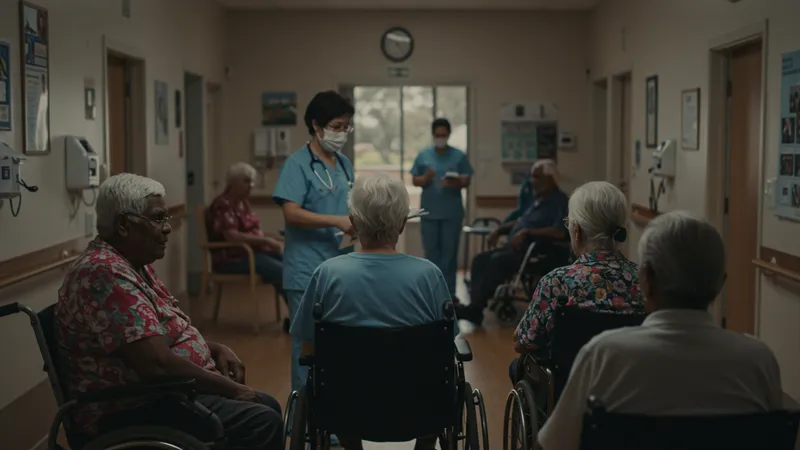
Living arrangements significantly affect pneumonia exposure. Data show that those residing in communal environments, such as aged care facilities, face increased risk of outbreaks due to closer contact and shared spaces. Facilities across Australia report that even with strong infection controls in place, pneumonia remains one of the most common notifiable infections among residents. Home-dwelling seniors, while at lower overall risk, may not recognize symptoms as quickly and thus delay treatment.
Australia’s climate and seasonality also play roles, with winter spikes in respiratory illnesses leading to higher hospital admissions for pneumonia in seniors. During influenza seasons, overlapping infections can complicate diagnosis and recovery. The government has responded by integrating flu vaccination into pneumonia prevention protocols, and by promoting awareness campaigns specifically targeting older Australians every winter.
Medication side effects and nutritional status are sometimes overlooked contributors. Many seniors in Australia take medications that suppress immune responses or cause drowsiness, inadvertently reducing cough reflex and airway clearance. Insufficient nutrition, especially protein and micronutrients like zinc, further increases vulnerability. Interdisciplinary care teams in progressive aged care settings now include routine nutritional screening and pharmacist reviews to spot these hidden factors early.
Successful pneumonia prevention in Australian seniors hinges on structured, multi-component programs. The national pneumonia vaccine schedule remains central, offering routine immunisation from the age of 70, and earlier for adults with defined chronic conditions. Health authorities continually update guidance to match circulating strains, and local councils run public campaigns every autumn to drive uptake. In addition, outbreak management plans for residential facilities emphasise hand hygiene, visitor protocols, and rapid response to suspected cases.
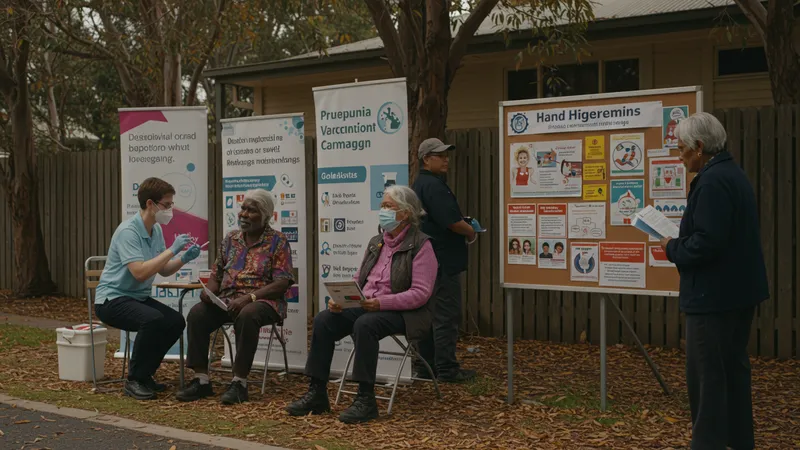
Education is another front line in the fight against pneumonia. Initiatives like My Aged Care and Healthdirect provide seniors and caregivers with easy-to-understand materials on symptom recognition and infection control. Culturally appropriate outreach, delivered in several languages and through community leaders, targets at-risk populations such as Indigenous Australians and recent migrants—reducing gaps in knowledge and vaccination coverage.
Telehealth breakthroughs introduced during the pandemic have allowed clinicians to monitor high-risk seniors remotely, catching respiratory symptoms earlier while reducing unnecessary hospital visits. Government-subsidised services now cover remote consultations and follow-ups, making medical review accessible to isolated seniors and those in remote communities. This approach accelerates interventions and minimises delays in starting treatment for suspected pneumonia.
Finally, nutrition and oral health interventions are gaining momentum in Australian long-term care. Regular mouth care, assessment for dysphagia, and tailored dietary support have demonstrated reduced pneumonia incidence in care trials. Progressive aged care homes have adopted these models, with staff coaching and resources allocated to ensure consistent delivery. The next frontier involves integrating pharmacy and allied health into routine care planning for seniors at heightened risk.
Timely identification of pneumonia symptoms can make a lifesaving difference for Australian seniors. Classic signs—fever, cough, shortness of breath—may present atypically in older adults, sometimes only as confusion, weakness, or a lack of appetite. Healthdirect and aged care guidelines stress the importance of regular monitoring for subtle changes in function and behaviour, so that potential cases are flagged early and given prompt medical attention.
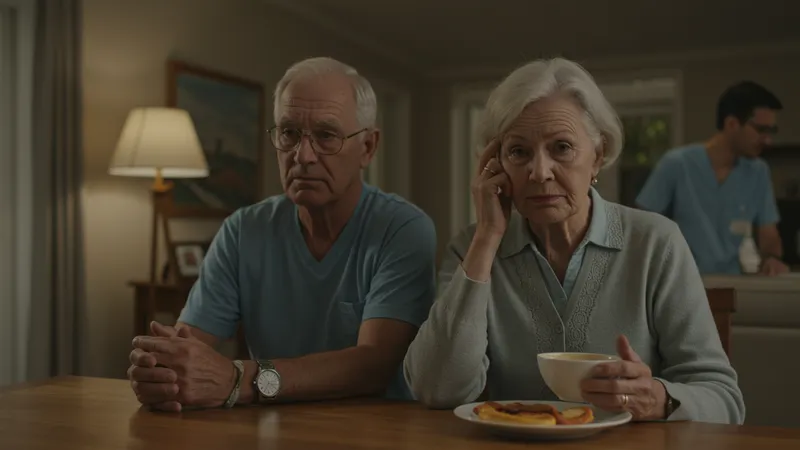
Australian aged care standards require staff to document respiratory symptoms daily and report suspicious cases to nurses or visiting GPs. In many facilities, this system has led to quicker diagnoses and more effective isolation of infectious residents, reducing secondary spread. Family members are also advised to watch for sudden declines, especially in home settings where medical oversight might be less consistent. Coordination between carers, families, and clinicians remains a central pillar of senior pneumonia care.
Emergency response plans in Australian aged care are tested each flu season. These plans dictate rapid escalation procedures, such as providing antibiotics within four hours of diagnosis and involving hospital outreach services. Some centers are piloting advanced nurse practitioner roles, allowing for bedside initiation of treatment and more tailored mitigation strategies for frail seniors who may not tolerate hospital transfers well.
For independent seniors, the Healthdirect Risk Checker plays a pivotal role in self-assessment. It enables quick triaging—users answer a structured questionnaire, and the platform advises when to seek medical review or call emergency services. This sort of digital support complements traditional care pathways and empowers older Australians to advocate for their health when new symptoms arise, reducing the odds of complications from delayed treatment.
Ongoing recovery from pneumonia often demands a coordinated approach, combining primary care, allied health support, and social resources. For seniors in Australia, post-discharge follow-up is crucial to prevent relapses and ensure regaining of baseline function. GPs create individualised care plans, which may include physiotherapy to rebuild strength, dietary support, and regular medication reviews. Government-funded programs like My Aged Care connect eligible seniors with home visits and community nursing, helping to bridge the transition after hospitalisation.
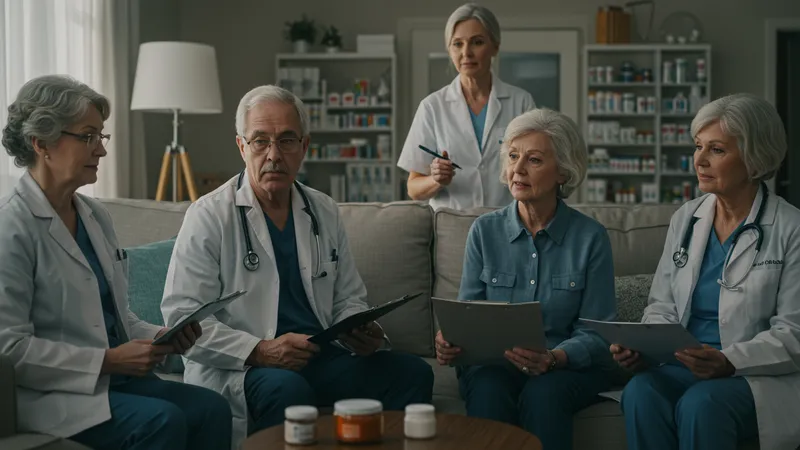
One emerging area in Australian care is the involvement of pharmacists and dietitians in extended pneumonia follow-up. Medication reconciliation (to avoid drug interactions and over-sedation) and nutritional counselling are integrated into recovery pathways for those at heightened recurrence risk. These professionals coordinate with GPs and families, helping seniors adhere to treatment regimens and rebuild resilience after infection.
Mental health is also recognised as a key component of pneumonia recovery. Prolonged illness can lead to isolation, anxiety, or depression, which impede recuperation. Support groups within residential aged care, telephone outreach, and community centers provide both social connection and reassurance for seniors adjusting after a serious respiratory infection. Health campaigns encourage ongoing program participation, especially during winter, to strengthen overall wellbeing.
Australian data highlights the value of tailored, ongoing monitoring for remote and marginalised communities. Telehealth check-ins, outreach nursing, and transport assistance for follow-ups make sure that nobody is left vulnerable due to distance or social factors. As research and policy continue to evolve, the overarching aim remains constant: holistic, inclusive care that empowers Australia’s seniors to live healthier, more resilient lives in the face of pneumonia risk.